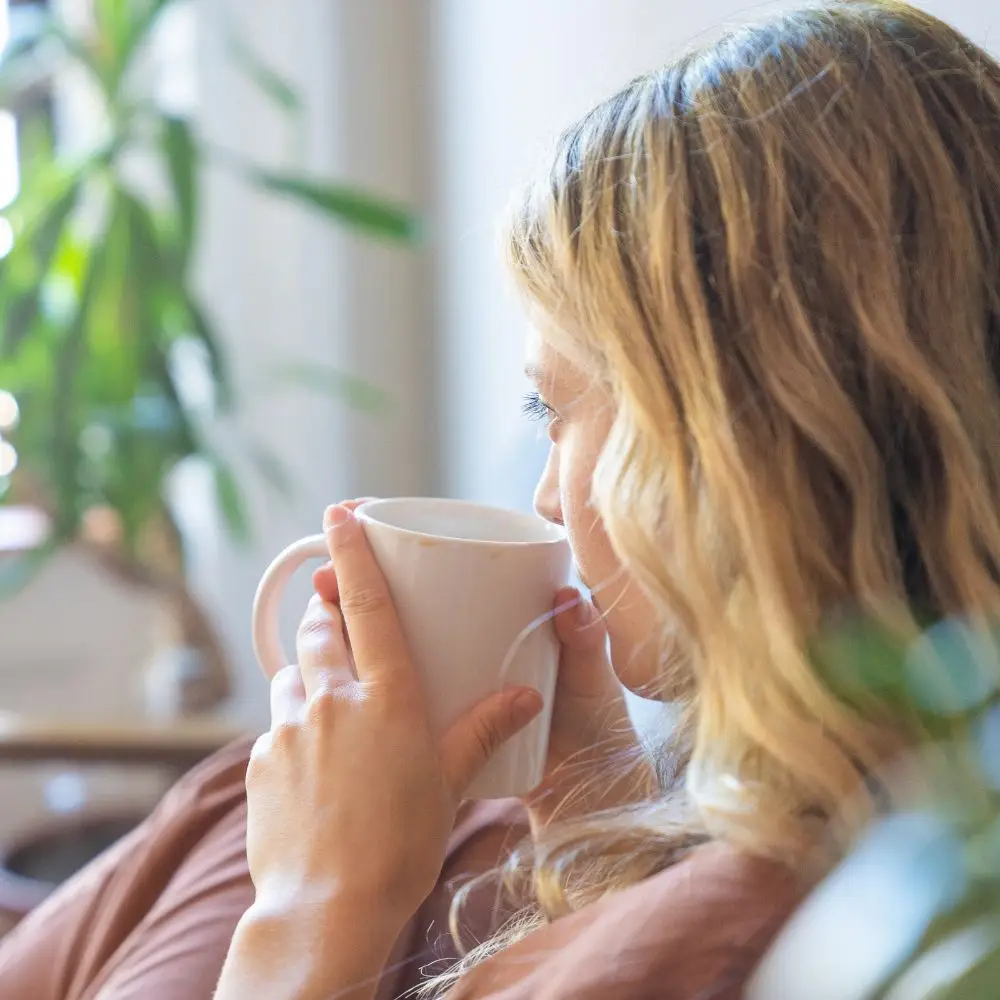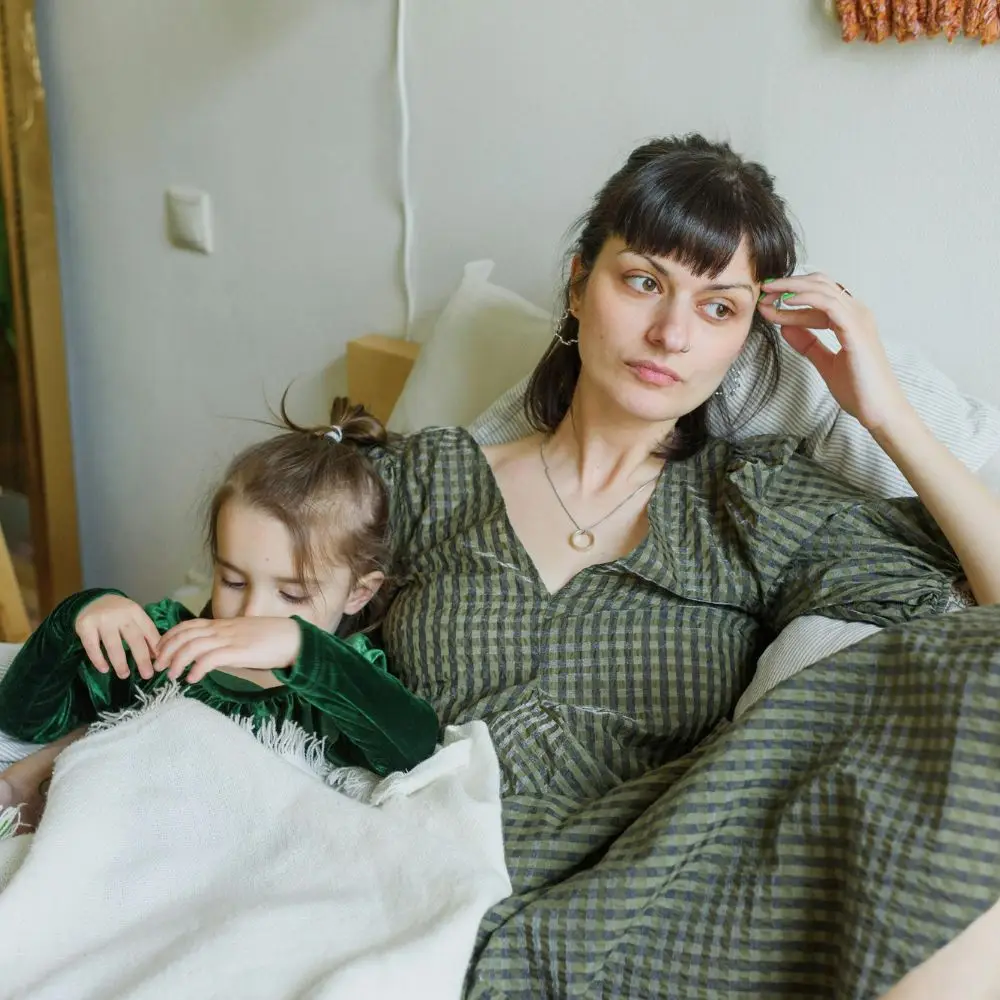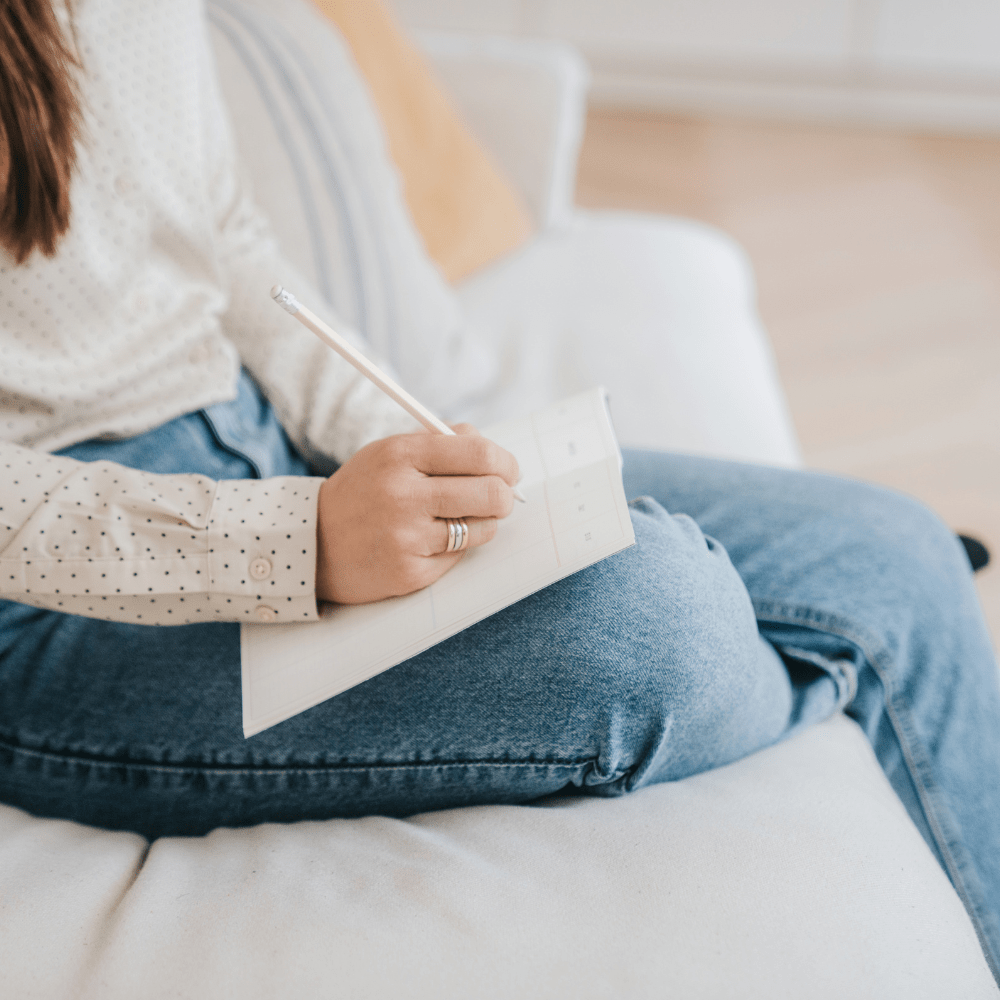
How to Practice Slow Living (Without Changing Your Whole Life)
You know that sinking feeling when you’re scrolling through perfectly curated slow living content while your own life feels like it’s spinning out of control?
There you are at 11 p.m., staring at someone’s 5 AM meditation routine and artfully arranged breakfast, wondering how they manage to look so serene while you can barely find time to drink your coffee while it’s still hot. You want to feel more present, less constantly behind, more connected to your own life.
But the thought of adding another morning routine to your already overwhelming schedule?
It makes you want to cry.
Here’s what took me years to figure out: slow living isn’t about adding more to your day. It’s about showing up differently for the moments you’re already living.
Why Most Slow Living Advice Doesn’t Work
When you look up slow living tips, they assume you have extra time and mental space you’re just not using well. But what if you’re already operating at capacity, managing work and family and everything else that demands your attention?
The problem isn’t that you’re bad at slow living. Most advice treats it like a lifestyle overhaul, when what you actually need are small adjustments that fit into the life you’re already living.
Think about your typical day. You’re probably rushing from one thing to the next, mentally planning ahead while physically doing something else. This isn’t a character flaw. It’s a natural response to having a lot on your plate.
But scattered throughout that busy day are moments that already exist. The two minutes while coffee brews. Walking from your car to wherever you’re going. Waiting for dinner to cook. These aren’t empty spaces to fill. They are opportunities to remember that you exist as more than someone moving through a checklist.
The Secret to Slow Living That Actually Lasts
The practices that stick aren’t the ones you force yourself to adopt because they sound beneficial. They’re the ones that meet a real need in your current life.
Maybe you’re tired of feeling like your mind is always racing ahead. Maybe you’re craving connection to your own creativity. Perhaps you need brief pauses that feel restorative rather than rushed.
Start there. With what you actually need, not what you think you should want.
I learned this during a hard season when I was quietly struggling with postpartum depression. I found myself reaching for something creative in the evenings—not because I’d read about the benefits, but because I needed a way to focus my mind on something steady. That’s when I discovered woodburning. It was slow, hands-on, and just absorbing enough to make me feel like myself again, even for a little while.
That experience taught me something I hadn’t expected: sustainable practices grow from genuine need, not external advice. When you’re responding to what your mind and body are actually asking for, you don’t have to force the habit. It becomes something you look forward to, not something you have to remember to do.
How to Find Your Version
Instead of adopting someone else’s routine, start by noticing what naturally brings you into the present moment.
Notice what already works: Think about times when you naturally feel calm and focused. What were you doing? These moments are clues to your authentic practice.
Start ridiculously small: Pick one daily activity and try doing it with your full attention. Brushing your teeth, washing dishes, folding laundry. Not as meditation, just as an experiment.
Use waiting time differently: Instead of automatically reaching for your phone during delays, try noticing what’s around you. The light, sounds, how your body feels. Not forcing mindfulness, just being curious.
Work with your hands: Find something that requires focused hand movements. Cooking, gardening, drawing, crafting. There’s something about working with your hands that naturally anchors you in the present.
Making It Work When Life Gets Overwhelming
The real test isn’t how your practice works on calm days, but how it serves you when everything feels chaotic.
Sustainable slow living adapts to your circumstances rather than demanding perfect conditions. When you’re overwhelmed, your practice might be three conscious breaths before a stressful meeting. When you’re exhausted, it might be feeling warm water on your hands while washing dishes.
The goal isn’t maintaining perfect presence. It’s having tools that help you feel more human when life feels mechanical.
Some days your practice might be five minutes of movement. Other days it might be thirty seconds of noticing sunlight on your counter. Both count. Both are enough.
What This Actually Gives You
When you start practicing slow living in ways that fit your actual life, something subtle but significant shifts. You feel less like you’re constantly racing toward some finish line and more present for your life as it’s happening.
This isn’t about achieving zen calm. It’s about having brief anchors throughout your day that remind you who you are beyond your to-do list.
You might notice you’re less reactive when unexpected things happen. That you enjoy simple pleasures more fully. That even busy days feel more manageable when punctuated with moments of genuine presence.
These changes are quiet and cumulative. The kind of changes that make daily life feel more livable without requiring you to become a different person.
Start Where You Are, Not Where You Think You Should Be
You don’t need the perfect setup to begin living more intentionally. You don’t need a meditation corner or a completely reorganized life (though it does sound dreamy, I get it).
What you need is permission to start exactly where you are, with whatever chaos you’re currently managing. Your version of slow living might look nothing like what you see online, and that’s exactly as it should be.
Pick one tiny thing that feels real to you. Something that serves an actual need in your current life. Maybe it’s keeping your hands busy with something creative after long days, or stepping outside for thirty seconds to feel air on your skin, or choosing one daily task and doing it with complete attention.
Start small. Start imperfect. Start now.
The rest will unfold naturally as you create space to notice what you actually need. Sometimes the most important thing you can do is give yourself permission to be present for the life you’re already living, one ordinary moment at a time.
I’d love to hear from you: What’s one tiny way you’ve found presence in your busy life? Let me know in the comments.





